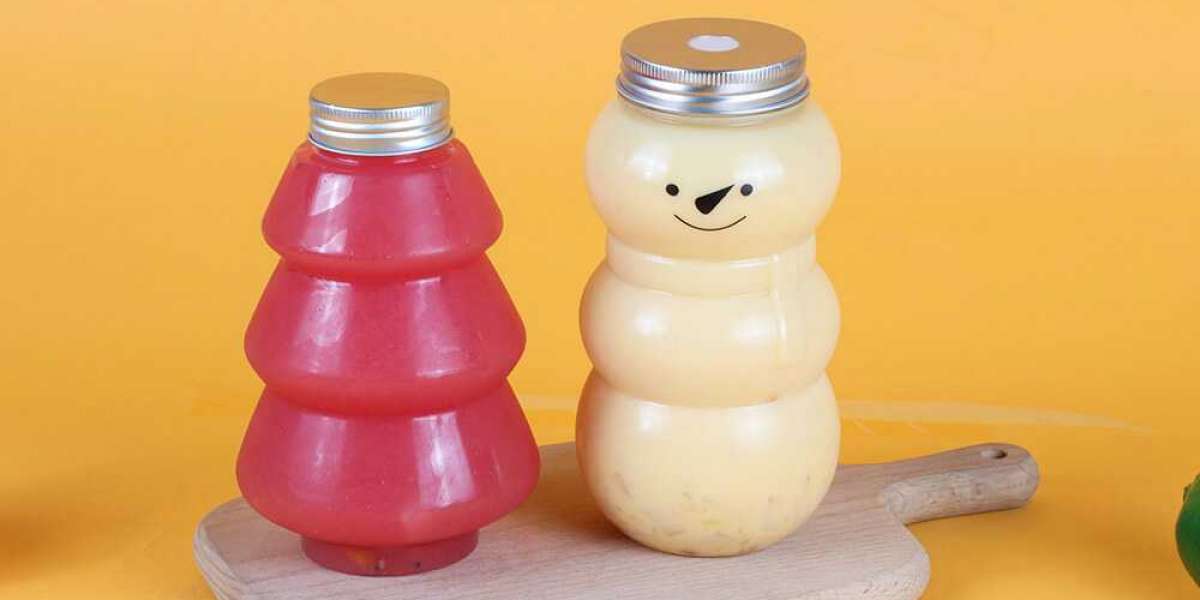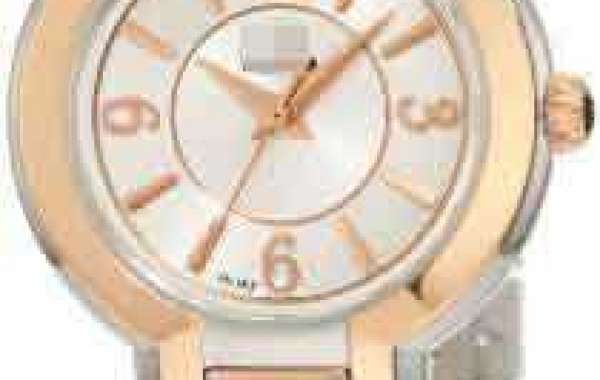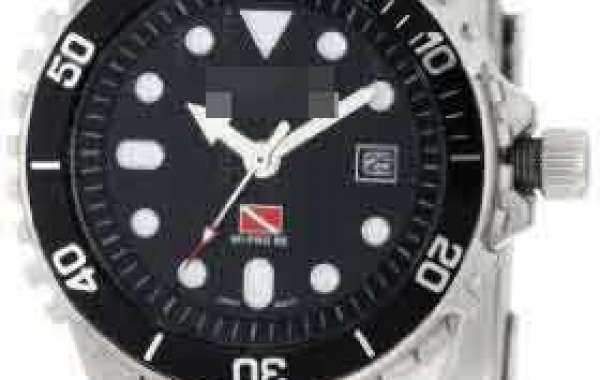The key indicators of the North American glass container industry remained stable from 2017 to 2018. There are still growth opportunities in the spirits, food and craft beverage markets in 2019.
Consumers continue to regard the glass Food Packaging Bottle as an environmentally friendly packaging, which is inert and ocean-friendly, 100% recyclable and reusable. Glass containers do not require plastic or chemical linings, are still considered the best flavors, and excel in creating a quality and professional experience.
beer
Changing consumer habits and market trends have made the beer market relatively flat. Given the increasingly popular culture, competitive packaging remains a challenge. Data for the first three quarters of 2018 shows that beer is still the largest market segment, but now it accounts for 54% of the glass container industry sales (down 2% from 2017).
Spirits, wine, food and beverages
Although the shipments of beer bottles to customers declined slightly, glass containers for alcohol and food increased. The food category reflects the increase in shipments to customers, accounting for 20% of the industry's total, followed by non-alcoholic beverages (10%), which have increased by 1% from 2016, liquor and ready-to-drink (8%), and 8% wine.
Refillable glass bottle
Refillable glass bottles are the most sustainable packaging in the world. The program is led by the Refillable Beer Bottle Program of the Oregon Beverage Recycling Cooperative and works with eight breweries in Oregon.
import and export
Imported empty wine bottles (standard 750 ml format) and 12 ounces. The increase in the number of bottles helps meet customer demand for wine and major beverage categories. The export of glass containers is slightly lower than the recent high in 2017, which may be the result of new production lines in North America.
Glass packaging and market trends
Consumer attitudes—and the growing market trends surrounding transparency, sustainability, and marine safety products, as well as specialty and premium commodities—provide huge opportunities for glass containers.
According to a 2017 survey, consumers continue to rank glass bottles as No. 1-90% of people like glass bottles to best maintain the taste or flavor of food and beverages. Glass is the most neutral and natural packaging material, and its chemical interaction rate is almost zero, which can ensure the integrity of the product and retain and present the flavor exactly as expected.
As consumers become more educated and pay more attention to the substances they put into their bodies, ensuring the integrity of products is of utmost importance. Brands that produce organic, clean labels and other "functional" products are a growing market category that requires a natural and transparent packaging to match. Unlike cans, beverage boxes, pouches, and other food and beverage packaging, glass bottles and glass jars are the only packaging that does not require plastic or chemical lining, because plastic or chemical lining may affect the taste of food and the health of consumers.
With the premiumization of all categories—especially wine and spirits—no other packaging material can match glass to provide a premium consumer experience. The design attributes only available in glass provide a special packaging. The glass bottle with thick bottom, embossing and decoration is combined with the label design to present a consistent high-quality image, convey the brand story and provide an unparalleled sense of shelf presence.
Texture is also an important design trend. Glass has always been a tactile medium that can be used to contain micro-textures, convey the position of grasping, holding and pouring, as well as iconic elements such as logos and graphics. In terms of texture, the brand is working harder than ever, combining textured paper labels, shrink sleeves, textured inks, molded or embossed seals, etc.
Look to the future
The industry’s economic indicators are stable, and consumer confidence shows that glass is still the packaging of choice for taste, health and sustainability. Glass manufacturers are always ready to provide greater operational flexibility, including small batches and rapid response, as well as continued weight reduction. They are also positioned to respond to brands seeking to inspire new consumer occasions by offering new sizes of capacity—whether smaller or larger and shareable. Finally, glass packaging is still in a unique position in taking advantage of high-quality and professional experiences, which are trending across various product categories.
Of course, the packaging of glass bottles is very good, but besides food packaging, daily necessities are also very important. Therefore, 100ml Plastic Spray Bottle can also have a certain understanding. Of course, if you have any other doubts, you can contact us.













